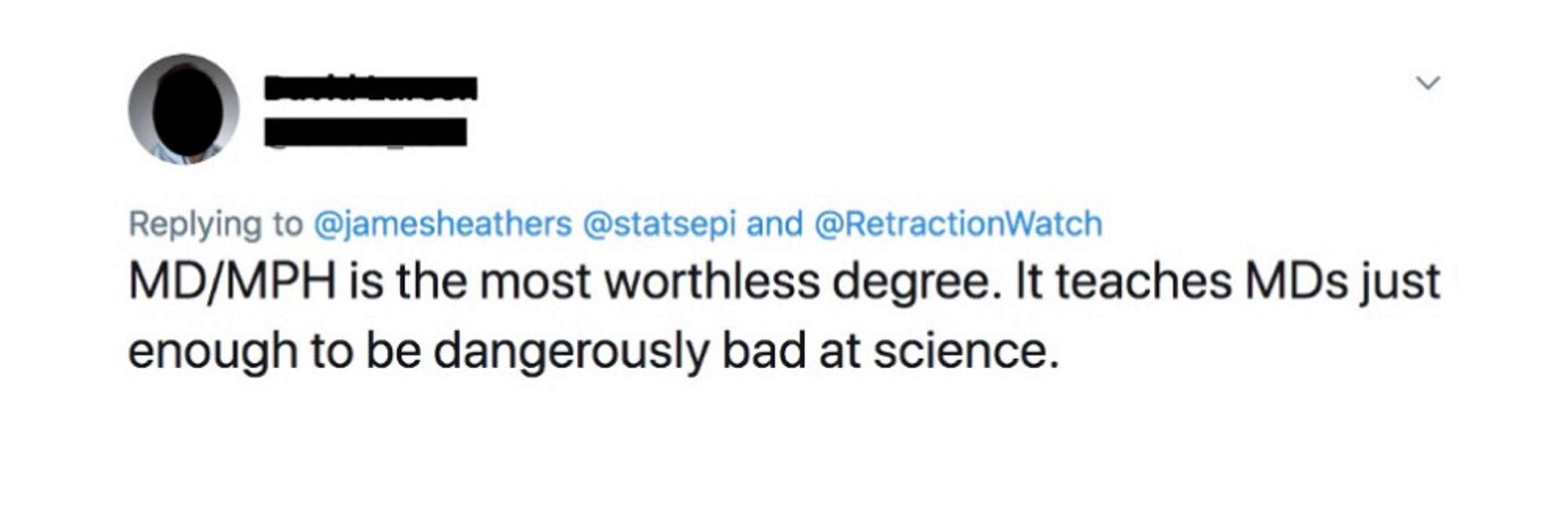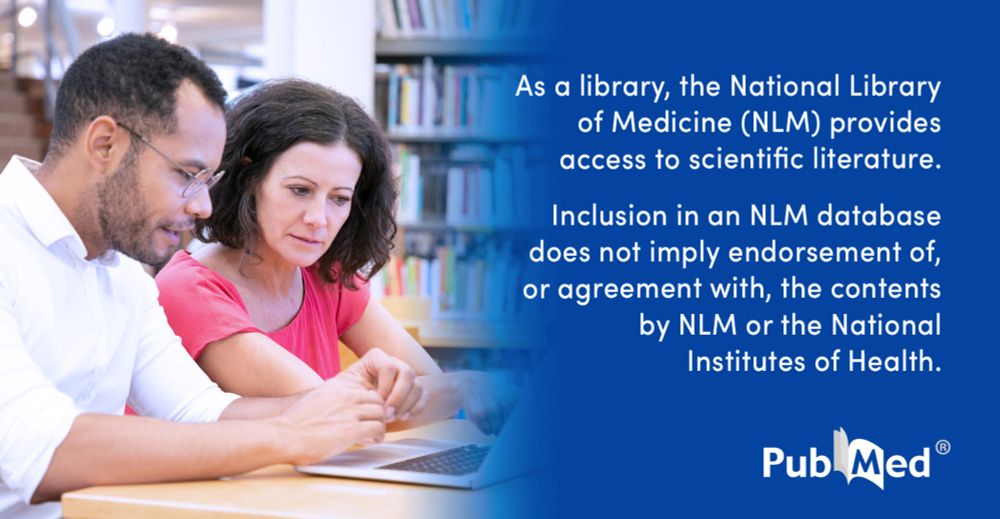
Aaron Mitchell
@thewonkologist.bsky.social
Medical oncologist and health services researcher. Focusing on health care costs, physician-industry COI, and oncology reimbursement reform. Opinions mine.
Huge kudos to @abduaziz.bsky.social for leading this study, and huge thanks to @dusetzinas.bsky.social as always for her ideas!
And another huge thank-you to our funders, @commonwealthfund.org @arnoldventures.bsky.social @johnarnoldfndtn.bsky.social
And another huge thank-you to our funders, @commonwealthfund.org @arnoldventures.bsky.social @johnarnoldfndtn.bsky.social
November 11, 2025 at 5:39 PM
Huge kudos to @abduaziz.bsky.social for leading this study, and huge thanks to @dusetzinas.bsky.social as always for her ideas!
And another huge thank-you to our funders, @commonwealthfund.org @arnoldventures.bsky.social @johnarnoldfndtn.bsky.social
And another huge thank-you to our funders, @commonwealthfund.org @arnoldventures.bsky.social @johnarnoldfndtn.bsky.social
Policy implications?
Price declines from biosimilars are great, but could be even better.
CMS should consider additional mechanisms to accelerate price competition. MedPAC has proposed such mechanisms:
5/
www.medpac.gov/wp-content/u...
Price declines from biosimilars are great, but could be even better.
CMS should consider additional mechanisms to accelerate price competition. MedPAC has proposed such mechanisms:
5/
www.medpac.gov/wp-content/u...
www.medpac.gov
November 11, 2025 at 5:39 PM
Policy implications?
Price declines from biosimilars are great, but could be even better.
CMS should consider additional mechanisms to accelerate price competition. MedPAC has proposed such mechanisms:
5/
www.medpac.gov/wp-content/u...
Price declines from biosimilars are great, but could be even better.
CMS should consider additional mechanisms to accelerate price competition. MedPAC has proposed such mechanisms:
5/
www.medpac.gov/wp-content/u...
In this study, we compared biosimilar prices not to the pre-launch price of their originator, but to the counterfactual of where that price likely would have been absent competition. Drug prices rise over time, after all.
We believe this more accurately captures true price changes.
4/
We believe this more accurately captures true price changes.
4/
November 11, 2025 at 5:39 PM
In this study, we compared biosimilar prices not to the pre-launch price of their originator, but to the counterfactual of where that price likely would have been absent competition. Drug prices rise over time, after all.
We believe this more accurately captures true price changes.
4/
We believe this more accurately captures true price changes.
4/
Our understanding is that the "single HCPCS" reimbursement model used by CMS for generic drugs achieves accelerated price competition. However, each biosimilar receives a unique HCPCS, so price competition plays out over a longer time frame.
3/
3/
November 11, 2025 at 5:39 PM
Our understanding is that the "single HCPCS" reimbursement model used by CMS for generic drugs achieves accelerated price competition. However, each biosimilar receives a unique HCPCS, so price competition plays out over a longer time frame.
3/
3/
The conventional wisdom, for a while, was that savings from biosimilars were quite modest.
However, we found that biosimilar prices were about 2/3rds below where biologic prices would have been otherwise. So, savings are substantial. The rub: it took 5yrs post-market to get there.
2/
However, we found that biosimilar prices were about 2/3rds below where biologic prices would have been otherwise. So, savings are substantial. The rub: it took 5yrs post-market to get there.
2/
November 11, 2025 at 5:39 PM
The conventional wisdom, for a while, was that savings from biosimilars were quite modest.
However, we found that biosimilar prices were about 2/3rds below where biologic prices would have been otherwise. So, savings are substantial. The rub: it took 5yrs post-market to get there.
2/
However, we found that biosimilar prices were about 2/3rds below where biologic prices would have been otherwise. So, savings are substantial. The rub: it took 5yrs post-market to get there.
2/
I'm hesitant to call it an apples to apples comparison, though. Prior study looked at only one cancer type. And included a time frame (prior to 2005 MMA) when profit margins on cancer drugs were far higher, so very different environment)
November 5, 2025 at 7:32 PM
I'm hesitant to call it an apples to apples comparison, though. Prior study looked at only one cancer type. And included a time frame (prior to 2005 MMA) when profit margins on cancer drugs were far higher, so very different environment)
I'm aware of only one prior study that had a similar question and design as this one. It supported the opposite conclusion - profit margin seemed to matter.
pubmed.ncbi.nlm.nih.gov/23124970/
pubmed.ncbi.nlm.nih.gov/23124970/

Physician response to financial incentives when choosing drugs to treat breast cancer - PubMed
This paper considers physician agency in choosing drugs to treat metastatic breast cancer, a clinical setting in which patients have few protections from physicians' rent seeking. Physicians have explicit financial incentives attached to each potential drug treatment, with profit margins ranging mor …
pubmed.ncbi.nlm.nih.gov
November 5, 2025 at 7:31 PM
I'm aware of only one prior study that had a similar question and design as this one. It supported the opposite conclusion - profit margin seemed to matter.
pubmed.ncbi.nlm.nih.gov/23124970/
pubmed.ncbi.nlm.nih.gov/23124970/
Huge thanks to the large, multidisciplinary team that helped get this study to the finish line!
I joke that I've been planning this study since I started oncology fellowship - now 10 years ago - but this is very true. @ethanbasch.bsky.social
7/
I joke that I've been planning this study since I started oncology fellowship - now 10 years ago - but this is very true. @ethanbasch.bsky.social
7/

November 5, 2025 at 5:33 PM
Huge thanks to the large, multidisciplinary team that helped get this study to the finish line!
I joke that I've been planning this study since I started oncology fellowship - now 10 years ago - but this is very true. @ethanbasch.bsky.social
7/
I joke that I've been planning this study since I started oncology fellowship - now 10 years ago - but this is very true. @ethanbasch.bsky.social
7/
This is a reassuring result.
Both in terms of physician professionalism, and also in the current policy context.
It suggests clinicians will continue to use clinically necessary drugs, even if they become less profitable - for example after generic competition, or IRA price negotiation.
6/
Both in terms of physician professionalism, and also in the current policy context.
It suggests clinicians will continue to use clinically necessary drugs, even if they become less profitable - for example after generic competition, or IRA price negotiation.
6/
November 5, 2025 at 5:33 PM
This is a reassuring result.
Both in terms of physician professionalism, and also in the current policy context.
It suggests clinicians will continue to use clinically necessary drugs, even if they become less profitable - for example after generic competition, or IRA price negotiation.
6/
Both in terms of physician professionalism, and also in the current policy context.
It suggests clinicians will continue to use clinically necessary drugs, even if they become less profitable - for example after generic competition, or IRA price negotiation.
6/
However, the result for profit margin was very null.
All cancer types clustered around that red line of OR=1 (no difference)
5/
All cancer types clustered around that red line of OR=1 (no difference)
5/

November 5, 2025 at 5:33 PM
However, the result for profit margin was very null.
All cancer types clustered around that red line of OR=1 (no difference)
5/
All cancer types clustered around that red line of OR=1 (no difference)
5/
For clinical benefit, the result was clearly positive. More beneficial (per NCCN) treatments were used more often.
OR = 1.62 in our random effects meta-analysis.
4/
OR = 1.62 in our random effects meta-analysis.
4/

November 5, 2025 at 5:33 PM
For clinical benefit, the result was clearly positive. More beneficial (per NCCN) treatments were used more often.
OR = 1.62 in our random effects meta-analysis.
4/
OR = 1.62 in our random effects meta-analysis.
4/
Using a conditional logit ("McFadden") model, we can ask whether a given treatment's clinical recommendation and/or its profit margin increases its likelihood of use.
We modeled each cancer type separately, and then meta-analyzed to achieve an aggregate result.
3/
We modeled each cancer type separately, and then meta-analyzed to achieve an aggregate result.
3/
November 5, 2025 at 5:33 PM
Using a conditional logit ("McFadden") model, we can ask whether a given treatment's clinical recommendation and/or its profit margin increases its likelihood of use.
We modeled each cancer type separately, and then meta-analyzed to achieve an aggregate result.
3/
We modeled each cancer type separately, and then meta-analyzed to achieve an aggregate result.
3/
Our study cohort included over 27,000 patients across numerous different cancer types. We referred to NCCN Guidelines to determine the level of clinical recommendation for each treatment option, and estimated treatment profit using Medicare reimbursement rates.
2/
2/
November 5, 2025 at 5:33 PM
Our study cohort included over 27,000 patients across numerous different cancer types. We referred to NCCN Guidelines to determine the level of clinical recommendation for each treatment option, and estimated treatment profit using Medicare reimbursement rates.
2/
2/

